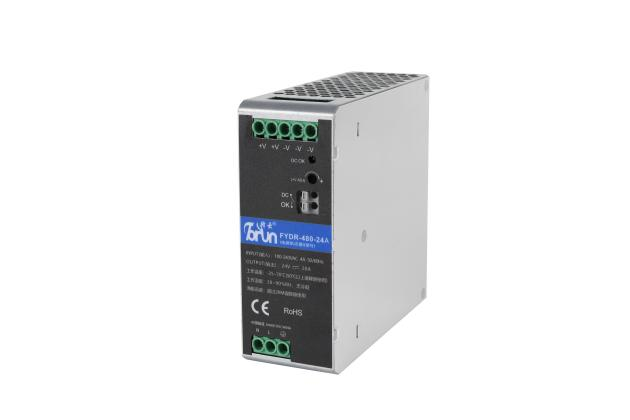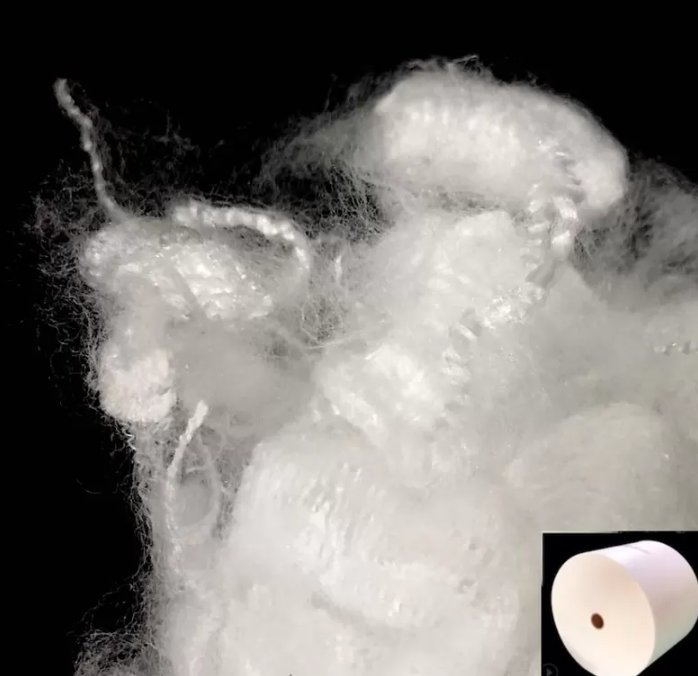The Power Dynamics of Plate Heat Exchangers: Do They Really Need Power?
In the realm of thermal management systems, plate heat exchangers (PHEs) have emerged as a cornerstone technology, renowned for their efficiency and compact design. As industries increasingly seek to optimize energy consumption and enhance heat transfer processes, a common question arises: Do plate heat exchangers need power? This article delves into the operational mechanics of PHEs, their energy requirements, and the implications for various applications.
Understanding Plate Heat Exchangers
Plate heat exchangers consist of multiple thin plates stacked together to create channels for two fluids to flow in close proximity without mixing. The design allows for a high surface area-to-volume ratio, which significantly enhances heat transfer efficiency. PHEs are widely used in industries such as food processing, pharmaceuticals, HVAC, and chemical processing, where precise temperature control is crucial.
The Power Requirement: A Closer Look
At first glance, one might assume that plate heat exchangers require external power to operate, similar to mechanical systems like pumps or fans. However, the reality is more nuanced. PHEs themselves do not require power to facilitate heat exchange; instead, they rely on the natural flow of fluids driven by pressure differentials created by pumps.
- Fluid Dynamics and Pumping Power
While PHEs do not consume power directly, the fluids circulating through them must be moved by pumps, which do require energy. The efficiency of a PHE is heavily influenced by the flow rates of the fluids involved. Higher flow rates can enhance heat transfer but also demand more energy from the pumps. Therefore, the overall energy consumption of a system utilizing PHEs is largely dependent on the design of the pumping system, including pump efficiency, pipe layout, and fluid properties.
- Thermal Efficiency and Energy Recovery
One of the significant advantages of plate heat exchangers is their ability to recover waste heat, which can lead to substantial energy savings. In many applications, the heat extracted from one fluid can be used to preheat another fluid, reducing the overall energy demand of the system. This energy recovery capability means that while PHEs themselves do not require power, they can play a crucial role in minimizing the energy footprint of industrial processes.
Applications and Considerations
- Industrial Processes
In industrial settings, the integration of PHEs can lead to improved thermal efficiency and reduced operational costs. For instance, in a food processing plant, the use of PHEs for pasteurization can optimize energy use by recovering heat from the cooling process. However, careful consideration must be given to the design and operation of the pumping system to ensure that energy consumption remains low.
- HVAC Systems
In HVAC applications, PHEs are often employed in chiller systems and heat recovery units. Here, the power requirement is dictated by the need to circulate air or water through the system. The efficiency of the PHE can significantly impact the overall energy consumption of the HVAC system, making it essential to select the right size and configuration for the specific application.
Conclusion: The Power of Efficiency
In summary, while plate heat exchangers do not require power in the traditional sense, their operation is intricately linked to the energy consumption of the pumping systems that facilitate fluid movement. The efficiency of PHEs can lead to significant energy savings, particularly in applications where heat recovery is possible. As industries continue to prioritize sustainability and energy efficiency, understanding the dynamics of PHEs and their role in thermal management will be crucial for optimizing performance and reducing costs.





